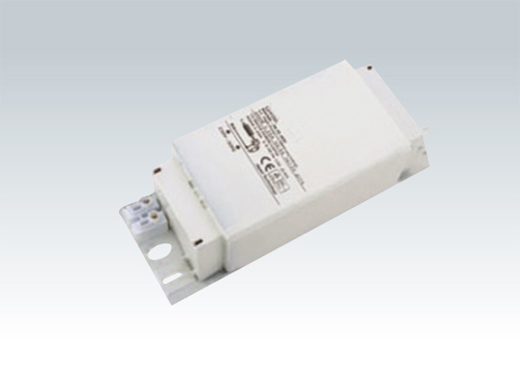High pressure sodium lamp and metal halide lamp by high -intensity gas -emitting light , high luminous efficiency, long service life. However , due to its supporting ballast design theory followed traditional magnetic ballast , bulky , heavy, more importantly, its power consumption is high , some more than 30% of rated power bulbs waste a lot of valuable energy, apparently incompatible with efficient light sources , it is necessary to retrofit designs.
We all know that traditional magnetic ballast is E -shaped core made of silicon steel stack and subsequently sets made with enameled circle around made . Since the E -shaped magnetic steel sheet uneven lines , combined with its E -shaped steel sheet mechanical properties is limited , it is impossible to improve the magnetic flux density , and therefore , in order to reduce eddy current loss of the E-shaped silicon steel , tend to be very thin silicon steel , silicon steel be insulated sheet , so the duty ratio rising core is bound to increase in the core area of the design needs to be compensated , and a corresponding increase in wire along the perimeter , increasing material loss silicon steel and enameled wire , increasing the volume and weight of the ballast , the ballast itself increased copper loss and iron loss , an increase of its losses.
Given the overall shape of the ballast section of the iron core loss , size, window size , the magnetic flux density , the silicon steel sheet thickness , and other factors related to the mains frequency . Therefore, the traditional characteristics of the E-shaped structure ballast , ballast after reshaping how to shorten the magnetic circuit , reducing the core volume , reduce the loop length , narrow space , reducing ballast own loss , improve efficiency and heat our ability to design guidelines .
Further , the
magnetic ballast loss of the ballast is also proportional to the volume of the ballast core . When the cross-sectional area and the core values Bm be taken , as far as possible will be designed to be a minimum core volume , the smaller the size , the iron loss is correspondingly smaller. Core volume can be approximated as a core cross-sectional area of the path length L of the product.
